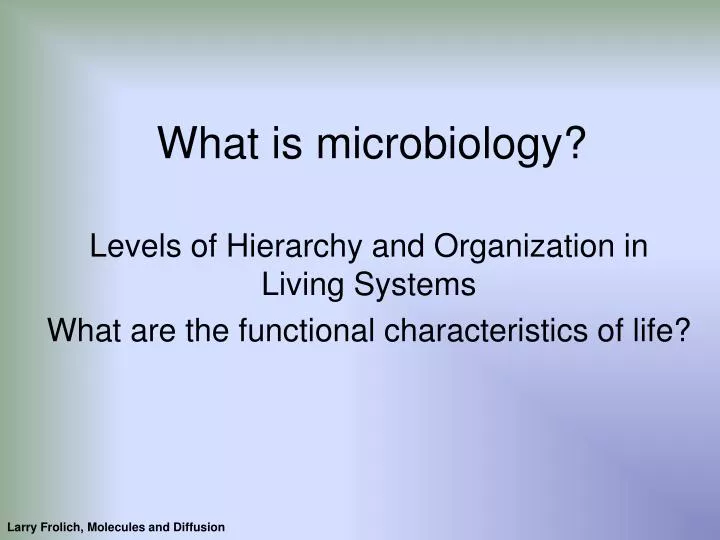

Through a senior-year capstone course, students conduct research under the direction of a professor or as part of class projects that have included culturing microbes from the gut of hibernating ground squirrels, comparing bacteria from the mouths of athletes and non-athletes, and culturing microbes found in deep sea vents. As one of the largest research buildings on campus, students have access to state-of-the-art facilities and are able to conduct cutting edge experiments using novel techniques that few other undergraduate programs allow. With so many microbiologists on the faculty, students have numerous opportunities to conduct research in faculty labs. Learn through hands-on, real world experiences Many students pursue graduate and professional studies, including medical school, dental school and biological sciences PhD programs.


Microbiology majors graduate prepared for careers in biotechnology, education, healthcare, information technology and food safety. Additionally, students can conduct mentored and independent research projects in faculty laboratories where they will learn to critically evaluate scientific data, carry out laboratory experiments and communicate scientific information. Through courses, students learn laboratory techniques-gaining the type of hands-on experiences with modern equipment that employers and graduate and professional schools seek. Students learn the cellular biology, genetics, ecology, evolution and physiology of microbes. The microbiology major prepares students for modern research in microbiology, with a heavy emphasis on practical laboratory experiences. Microbiomes-communities of microbes-are increasingly studied by researchers focusing on human health, global warming, infectious disease, environmental remediation, bioenergy and much more. These tiny organisms, called microbes, were the first life forms on Earth and continue to influence the planet in significant ways. The smallest living things – including bacteria, viruses and yeast-may not be visible to the human eye, but they have big effects on health, food, medicine, energy and the environment.


 0 kommentar(er)
0 kommentar(er)
